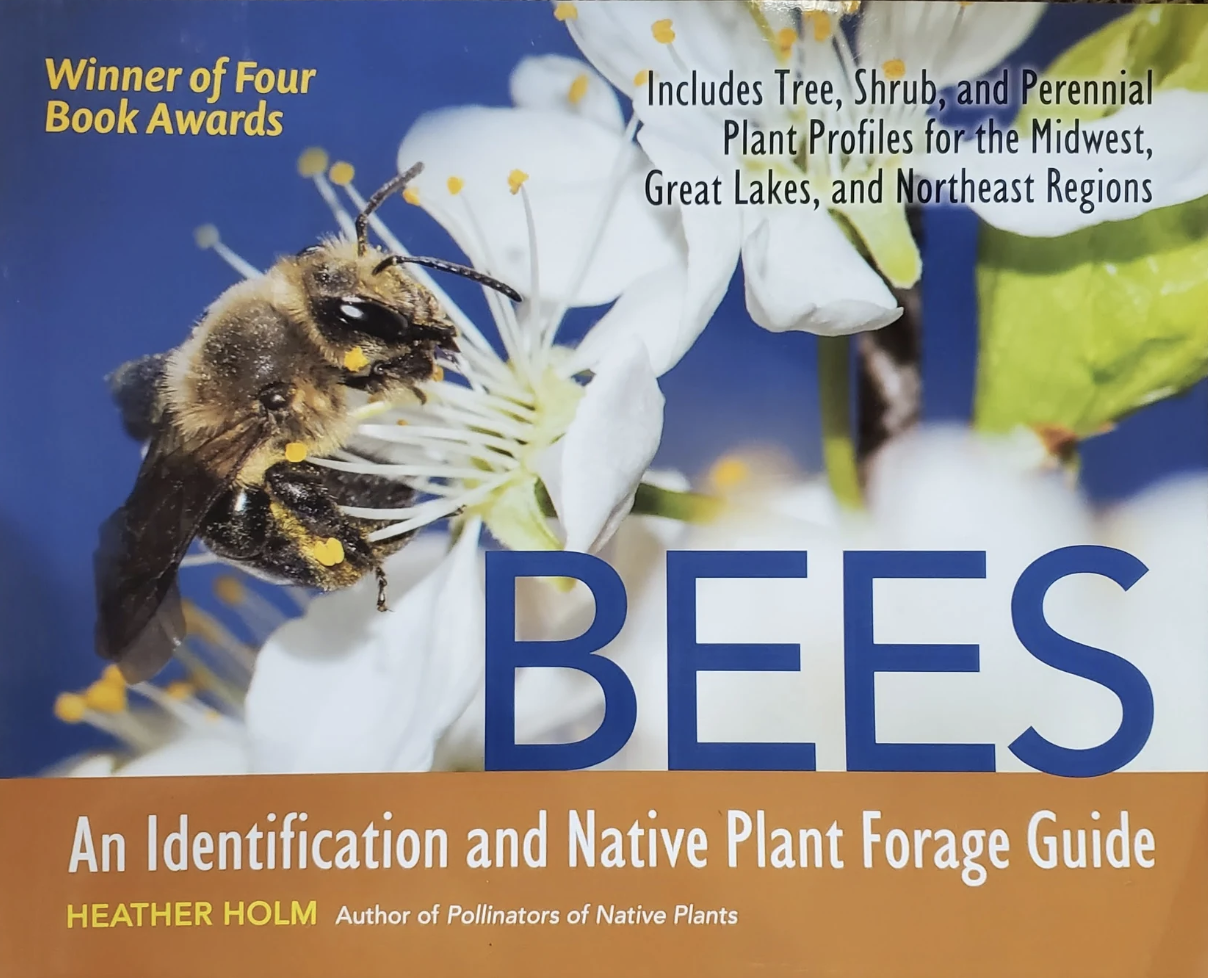
Bees: An Identification and Native Plant Forage Guide
$29.95
Tags:
BEE IDENTIFICATION SECTION
PLANT SECTION: WHAT TO PLANT FOR BEES
Bees are a singularly fascinating group of insects and this book makes it possible to observe, attract, and support them in their natural setting or in one's own garden. Not only does this guide assist the reader with bee identification in the field or by photo, it also notes microscopic features for the advanced user. The factors impacting bee populations, and the management of farms and public and residential landscapes for bees are also covered. Included in the bee forage (plant) chapters are plant profiles with range maps, habitat information, floral features and attractants, common bees attracted to the particular plant, and details about the ecological connections between the native plant and other flower-visiting insects. Noted also are birds dependent upon the product of the pollinated flowers (fruits and seeds).
This is an excellent reference for amateur and professional naturalists, educators, gardeners, farmers, students, nature photographers, insect enthusiasts, biologists, and anyone interested in learning more about the diversity and biology of bees and their connection to native plants and the natural world.
- A comprehensive guide illustrating the bees that occur in north-central and eastern United States and southern Canada
- In-depth profiles of 27 bee genera covering the life cycles, habitats, diet, foraging behaviors, crops pollinated, plant specializations, nesting lifestyles, seasonality, and preferred native forage plants
- 12 additional summary profiles for uncommon genera
- Comprehensive profiles of approximately 100 native trees, shrubs, and perennials for the Midwest, Great Lakes, and Northeast regions including insect and bird visitation information and bee specializations
- Over 1500 stunning photographs, detailed descriptions, and accessible science
Bees are a singularly fascinating group of insects and this book makes it possible to observe, attract, and support them in their natural setting or in one's own garden. Not only does this guide assist the reader with bee identification in the field or by photo, it also notes microscopic features for the advanced user. The factors impacting bee populations, and the management of farms and public and residential landscapes for bees are also covered. Included in the bee forage (plant) chapters are plant profiles with range maps, habitat information, floral features and attractants, common bees attracted to the particular plant, and details about the ecological connections between the native plant and other flower-visiting insects. Noted also are birds dependent upon the product of the pollinated flowers (fruits and seeds).
This is an excellent reference for amateur and professional naturalists, educators, gardeners, farmers, students, nature photographers, insect enthusiasts, biologists, and anyone interested in learning more about the diversity and biology of bees and their connection to native plants and the natural world.
Author
Heather Holm Choose Quantity
